ChezDaJez
Posts: 3436
Joined: 11/12/2004
From: Chehalis, WA
Status: offline

|
Just finished reading this book by Dan King. He is an American who is fluent in written and spoken Japanese and well-versed in Japanese military terminology. He lived in Japan working for Toyota Motors for many years and is has a deep interest in Japanese history. He was a historical and technical advisor for the film "The Last Samurai" and provided considerable historical research for Eastwood's movie, "Flags of Our Fathers". He also served as a Japanese language consultant for HBO's "The Pacific" and had assisted with several WWII Pacific documentaries.
During the 1990's and 2000's, he interviewed several Japanese naval airmen who fought in WWII and he presents their stories in this book. I was very much impressed with their tales. Most were Zero/Zeke pilots but some flew other aircraft such as Kates or Jills. Some were observers in them. Most of us have never heard their names before. They weren't aces like Sakai or bold leaders like Genda. These were simple, average, everyday Japanese airman fighting for their emporer and their country.
The book covers the recounting of their boyhood, their decision and motivation to join the Navy. It recounts their individual experiences during flight training and combat. Their flight training to be brutal in the extreme but most believe it prepared them for the rigors of combat. Some earned their wings during the China conflict while others earned them late in the war after the tide had turned against Japan. Some flew against the USS Panay, Pearl Harbor and Midway. Some served in the Solomons and others in the Philippines. Some were on the Kaga or the Zuikaku as the were sunk. All ended their war in Japan while protecting the Home Islands.
Their tales of the conditions at the front and the many poor decisions made by the high command are sometimes difficult to fathom. Especially interesting is pilot's reactions to the high command's decision to use Kamikazes. They tell of how "volunteering" wasn't always volunteering and how luck and happenstance kept these fliers from becoming kamikaze pilots themselves.
Their descriptions of their aircraft, both good and bad are compelling. They relay bits of aircraft trivia that only a pilot who had flown the aircraft in combat would know. They talk about the affection they had for the A6M21 and how they hated the A6M32 model. They talk about how loud the cockpit of the A6M5 was compared to the A6M2 due to A6M5's unmuffled exhaust stacks surrounding the cockpit. They tell what it was like to fly the Shinden Kai (George) against Hellcats and Corsiars.
An observer in a Japanese aircraft was a Jack of many trades. In the Kate, he was the navigator, bombardier and radioman. One of the airmen in the book was an observer in a Kate at Pearl Harbor. His description of his torpedoing of the West Virginia at Pearl Harbor is vivid. His insight into the mechanics involved in launching an aerial torpedo is equally informative.
He also describes the difficulties encountered by Kate rear gunners and it gives one an idea of why Kates seemed to be relatively defenceless. The rear gunner first had to open the rear canopy and then unfasten his seatbelt. He then had to kneel on the floor and stow his seat out of the way to the side of the aircraft. Once that was done, he had to retrieve the swivel ring that the 7.7mm machinegun was mounted on from its stowed position. He then attached one of the 6 94-round ammo cans to the MG and pulled the bolt to chamber a round. He was not tethered to the aircraft in any way and violent maneuvering could, and did, cause gunners to fall out of the aircraft.
I downloaded this book from the Kindle lending library for free and I highly recommend it. We've all read about the great Japanese leaders and pilots such as Sakai but this story is from a viewpoint not often heard... that of the average Japanese airmen trying to do his duty. It is a very good read.
Chez
_____________________________
Ret Navy AWCS (1972-1998)
VP-5, Jacksonville, Fl 1973-78
ASW Ops Center, Rota, Spain 1978-81
VP-40, Mt View, Ca 1981-87
Patrol Wing 10, Mt View, CA 1987-90
ASW Ops Center, Adak, Ak 1990-92
NRD Seattle 1992-96
VP-46, Whidbey Isl, Wa 1996-98
|
 Printable Version
Printable Version
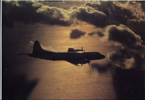





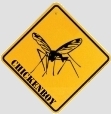





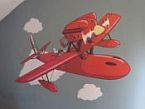
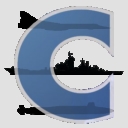



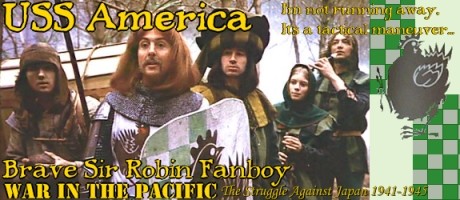
 New Messages
New Messages No New Messages
No New Messages Hot Topic w/ New Messages
Hot Topic w/ New Messages Hot Topic w/o New Messages
Hot Topic w/o New Messages Locked w/ New Messages
Locked w/ New Messages Locked w/o New Messages
Locked w/o New Messages Post New Thread
Post New Thread